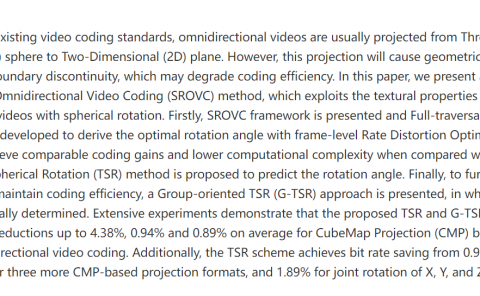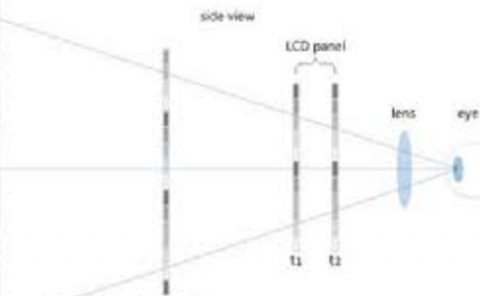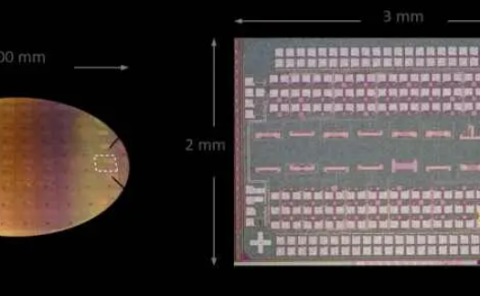Semi-Transparent Image Sensors for Eye-Tracking Applications
PubDate:march 2024
Teams: Barcelona Institute of Science and Technology
Writers:Gabriel Mercier, Emre O. Polat, Shengtai Shi, Shuchi Gupta, Gerasimos Konstantatos, Stijn Goossens, Frank H. L. Koppens
PDF:Semi-Transparent Image Sensors for Eye-Tracking Applications
Abstract
Image sensors hold a pivotal role in society due to their ability to capture vast amounts of information. Traditionally, image sensors are opaque due to light absorption in both the pixels and the read-out electronics that are stacked on top of each other. Making image sensors visibly transparent would have a far-reaching impact in numerous areas such as human-computer interfaces, smart displays, and both augmented and virtual reality. In this paper, we present the development and analysis of the first semi-transparent image sensor and its applicability as an eye-tracking device. The device consists of an 8x8 array of semi-transparent photodetectors and electrodes disposed on a fully transparent substrate. Each pixel of the array has a size of 60 x 140 {\mu}m and an optical transparency of 85-95%. Pixels have a high sensitivity, with more than 90% of them showing a noise equivalent irradiance < 10-4 W/m2 for wavelengths of 637 nm. As the semi-transparent photodetectors have a large amount of built-in gain, the opaque read-out electronics can be placed far away from the detector array to ensure maximum transparency and fill factor. Indeed, the operation and appearance of transparent image sensors present a fundamental shift in how we think about cameras and imaging, as these devices can be concealed in plain sight.



